For years, Odious has blurred the boundaries between digital and physical creation, inviting collectors into experiences that evolve through discovery, destruction, and renewal. With One-way Ticket, a new collection launching October 13 in collaboration with Shape, the artist brings this philosophy to life in a tangible way, burning more than 50 artworks from his “Odiville Book” and using their ashes to create new pieces. The result is a body of work that embodies both loss and rebirth.
In this conversation, Odious shares how the act of sacrifice became central to his creative process, what it means to see his digital vision manifest in the real world, and how One-Way Ticket brings his journey to a full circle moment.
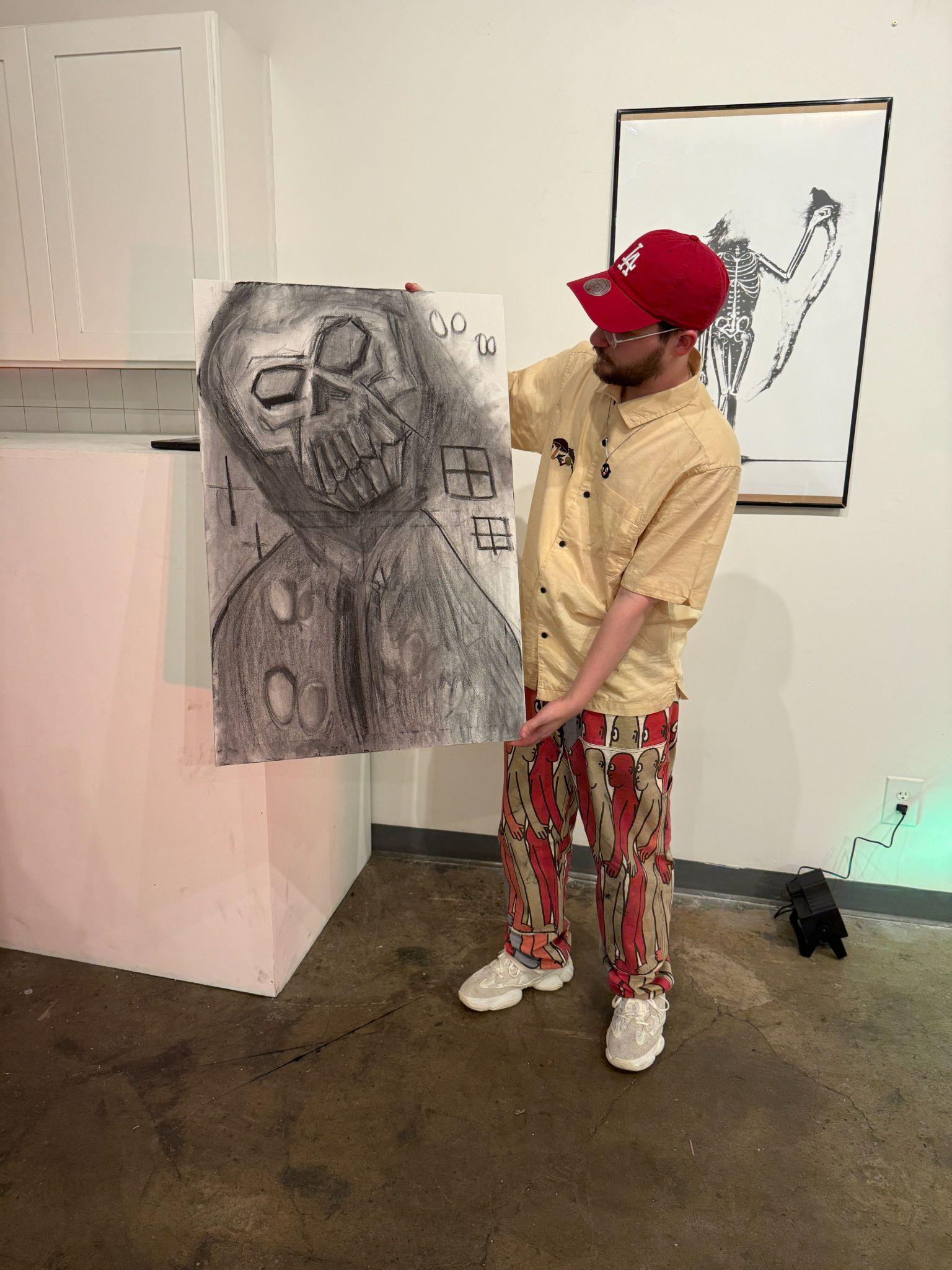
OpenSea: What first drew you to creating in the digital space, and how has your approach to the medium evolved over time?
Odious: I discovered this space around a similar time I joined the art world. I was immediately fascinated by the permanence of minting my work to the blockchain, and the untapped waters of experimentation, given the infancy of the landscape.
OpenSea: One-way Ticket feels like both a continuation and evolution of your previous project. How does it expand on the interactive art collecting experience you’ve been building over the past two years?
Odious: Yes, it’s exactly that. One-way Ticket was designed to carry the essence of my art collecting experience by stripping the concept that it’s built on, and realising it in a very pure way. For those that aren’t aware, the experience is called Decisions, Upsets and Unknowns - An Echo of Sacrifice, though many just refer to it as the “Odiville Book”. It’s a 10 chapter, multi-layered interactive adventure and art collecting journey, where you discover, burn, and create new art as you pass through, and One-way Ticket is the real life version of this experience.
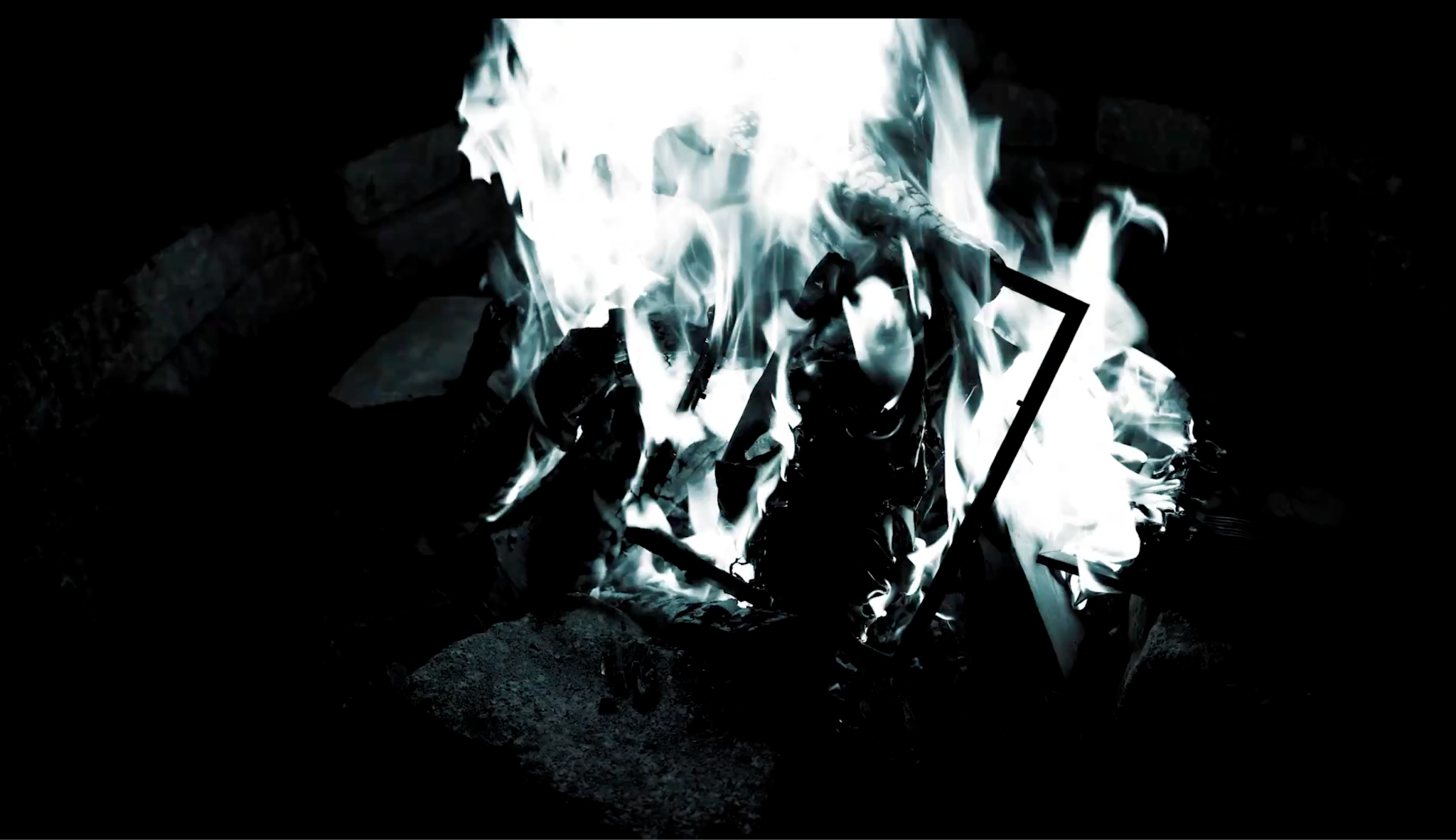
OpenSea: You mentioned that this collection represents a “full circle moment.” What does that mean to you personally and creatively?
Odious: The idea that I could recreate the very concept the book is built on in a real way, was fascinating. It all happened very fast, I decided to visit NYC for ACK’s Grand Exhibition, but whilst I was there, I had the opportunity to elevate the production of this project. In short, I printed and framed all of the 50+ artworks from the Odiville book, sacrificed them in a raging fire, collected the fragments, photographed over 500 pieces, and then hand selected 495 for the final collection, before finally altering them digitally to fit the mood I foresaw for this new body of work.
OpenSea: The concept of discovery and burning artworks to create new ones is fascinating. What inspired that idea of transformation and sacrifice within your practice?
Odious: In 2021, I launched a collection mechanic that played with the idea of physical and digital art. The concept was simple. Burn two of the previous artwork, to receive the next artwork in the series, as well as the artwork you burned entrapped inside an Infinite Object physical. The idea was to create a deflationary mechanism that would eventually funnel down to the final 1/1, all whilst preserving the art in an alternative form. Unfortunately, there were complications with contract flexibility to fully see this through, so I decided I would instead expand on this vision at a later date, this eventually led to the creation of the book experience that I built through 23-25.
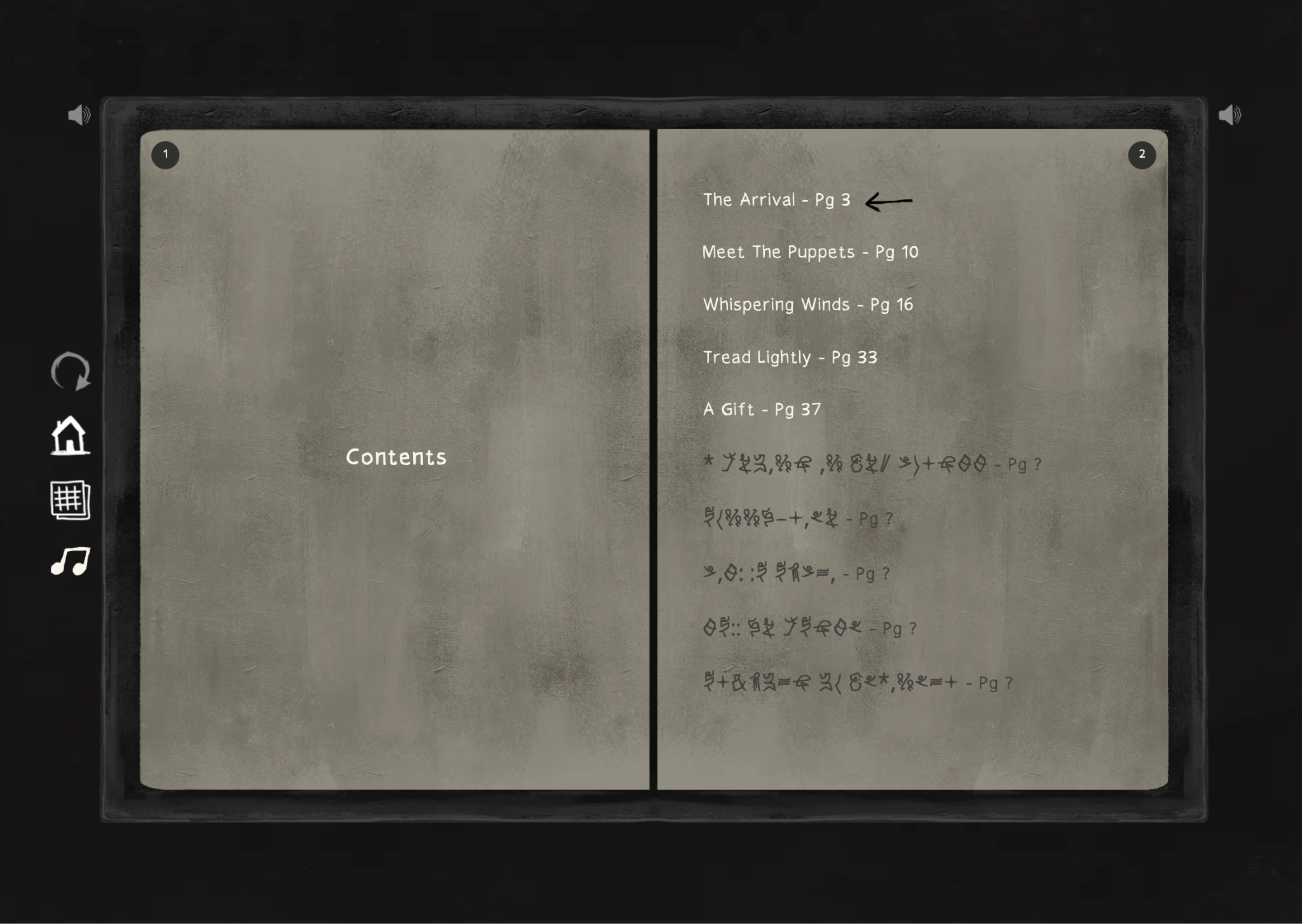
OpenSea: How did it feel to see something that began as a digital experience manifest into a tangible performance and physical artwork? And can you describe what it was like to physically destroy the artworks and document that process?
Odious: It was incredible. Truly a surreal moment for me as I’ve poured everything I have into creating an experience to remember, one that is forever tied to the identity of Odiville, to then fully realise it physically was a weird, but charming moment of release. I felt similarly to how I feel, and how I want to make you feel when you’re sacrificing my work. A moment of unease, but in the same breath, one that was coated with a sense of renewal. I’m not just burning my art, I intend to create something new with its ash.
.gif)
OpenSea: The use of charcoal from the burned pieces gives the collection a sense of rebirth. What was the process of photographing and digitally manipulating those remnants like?
Odious: I’m primarily a digital painter, but I broke out of my comfort zone for this, something demanded it. Using the charcoal from the same works I was holding in my hands less than 24 hours ago was a surreal feeling. The ash allowed me to create new life, and the physical piece once it was all said and done felt like it was charged with the energy from that night; the heat of the flame, the reflections before the final farewell. Rebirth is the perfect way to put it.
Photographing the coal was the easy part, a big thank you to Huntclubhero who took care of that for me whilst I flew back to England, but trying to transport a metal bucket of hot coal, at 3am in the middle of nowhere, was where things started to become more difficult. We tried everything to cool it down, but in the end we just waited it out before heading back sleep deprived.
Once the fragments of the fire were individually photographed, the selection process took over and I began to curate the collection. At this stage it’s starting to feel very real, and the vision for the collection continues to build in my mind. It’s almost as if staring at the remnants, sparked my own creative fire.
Once I had the 495 pieces selected. The last thing to do was mimic as though I had imagined. The goal was to make them feel abstract in nature, whilst still keeping the essence of what they are on full display. I tried various compositions, themes, moods until I found something that called, something that would look good on a wall, and bring energy to any room, and after countless hours refining even the finest details, that is eventually where I landed.
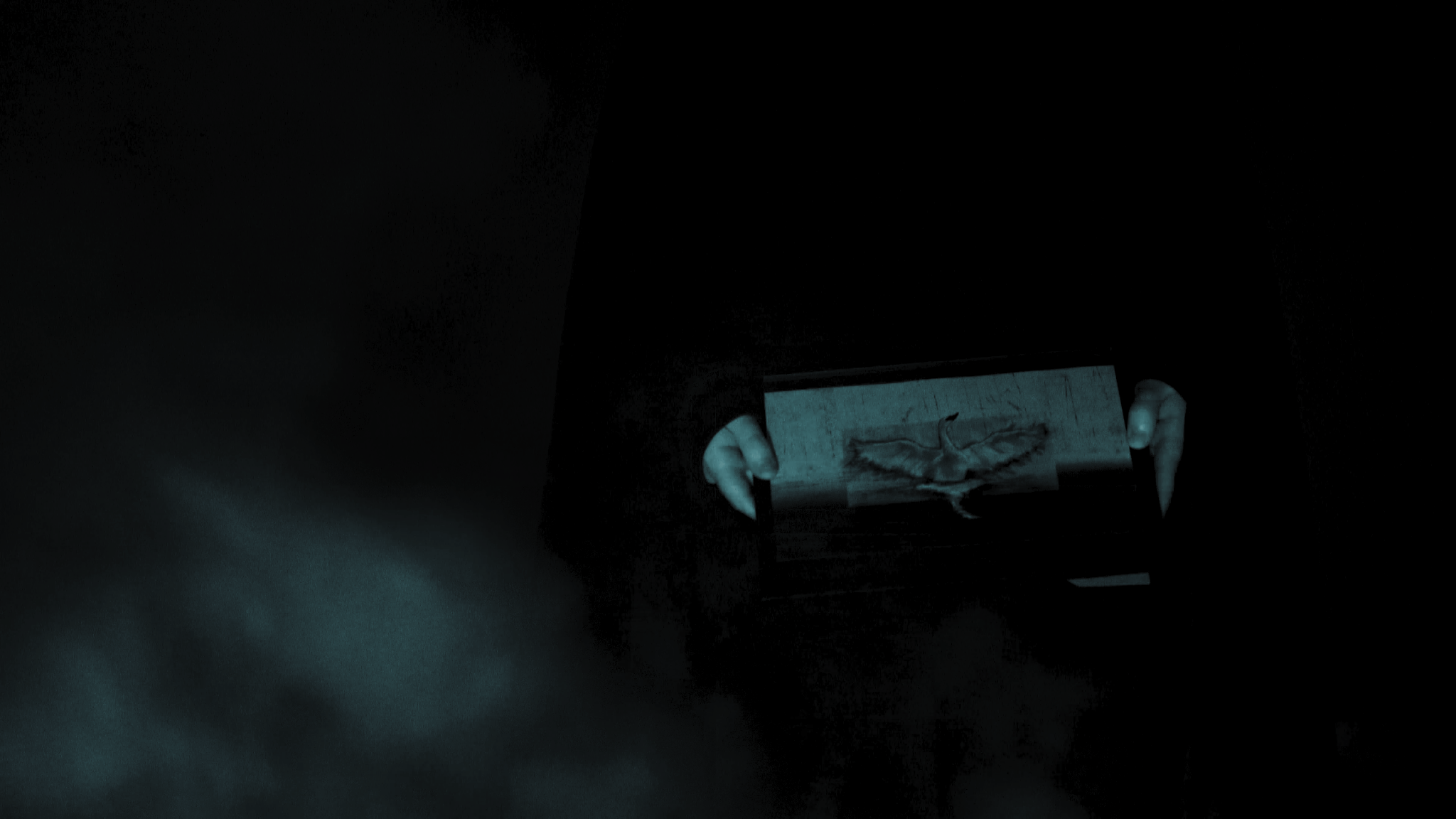
OpenSea: You also created your first physical piece using the rescued charcoal. How did working in a physical medium compare to your usual digital process?
Odious: I was in a place of uncertainty before I tackled the physical, but as I began to scrape the charcoal across the surface, I felt myself tapping into what I already knew digitally. Replacing the tools I am so familiar with, with that of my own. Then, as time always does, it began to escape me, and before I knew it the final work was complete. I stood back, dusted off the charcoal from my hands, and before me stood a figure, taker of all, forgiver of none. I couldn’t name it back then and I can’t name it now, so for now it remains unnamed, but maybe that’s the title it deserves.
OpenSea: The idea of sacrifice, renewal, and creation seems central to One-way Ticket. What do you hope collectors take away from engaging with this work?
Odious: I want them to feel as though they stood by the fire with me, watched me burn my work and collected a fragment from the pit as a relic for themselves. I want them to look at the work, and feel as if they own the DNA of what once was, whilst simultaneously staring at what is now. A threaded relationship that embodies the ominous antics of the sacrifice.
.gif)
OpenSea: Looking back on the project, what stands out most to you about the journey of bringing it to life, from the initial idea to the final 495 pieces?
Odious: From idea to execution it has been a joy. This is the first major project I have worked on with Shape. Everyone on the team has equally contributed to make this moment as impactful as possible. It’s a great feeling when you’re surrounded by creatively driven individuals. Ideas don’t just surface, they actualise. With this I would say the conversations I’ve had to reach this point have stood out to me the most. I’m typically a lone wolf when it comes to my vision, but over the last couple of years, I’ve found teams that can help me elevate, and bring structure to the way I think, Shape is no different, and I hope this relationship continues into the long future as I further expand on Odiville; the creative village in my mind.
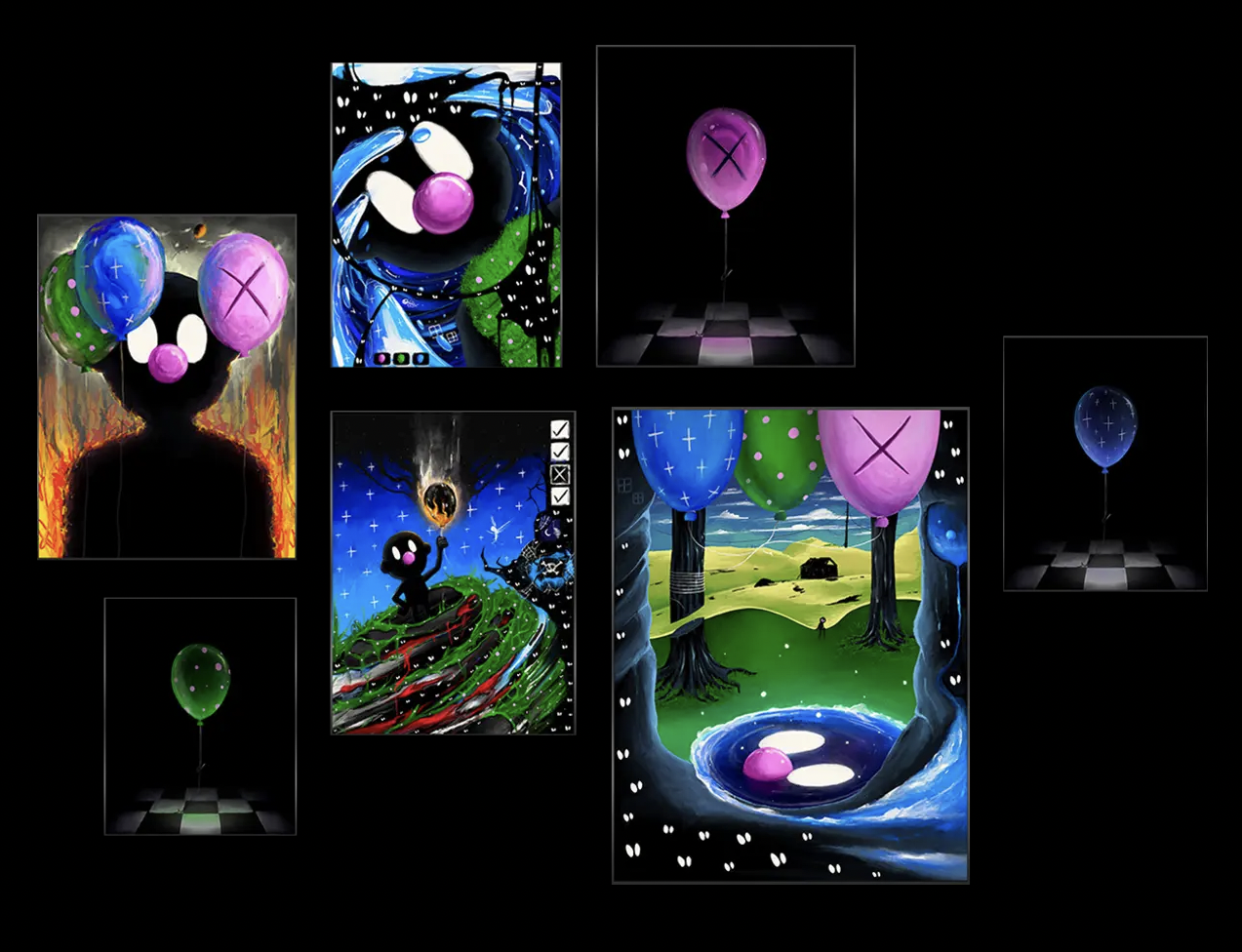
OpenSea: What’s next for you after this release? Do you see One-way Ticket as closing a chapter, or opening a new one?
Odious: One-way Ticket is a beacon for what is already built. A reminder to myself, and the other artists out there, if you have a piece of work you are proud of, don’t allow it to leave your tongue until you know in your soul, it has achieved its role in the world. For me, it highlights a two year span of ideation, creation, experimentation and isolation, and leaves charged with the energy to stand on its own.
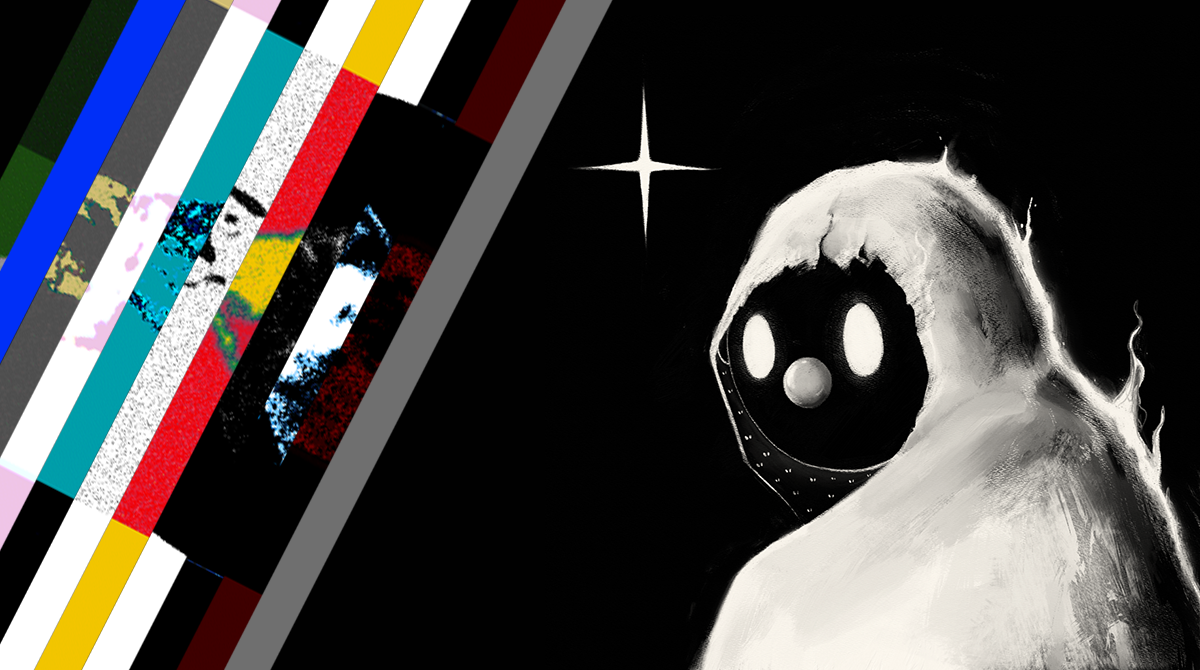



.avif)
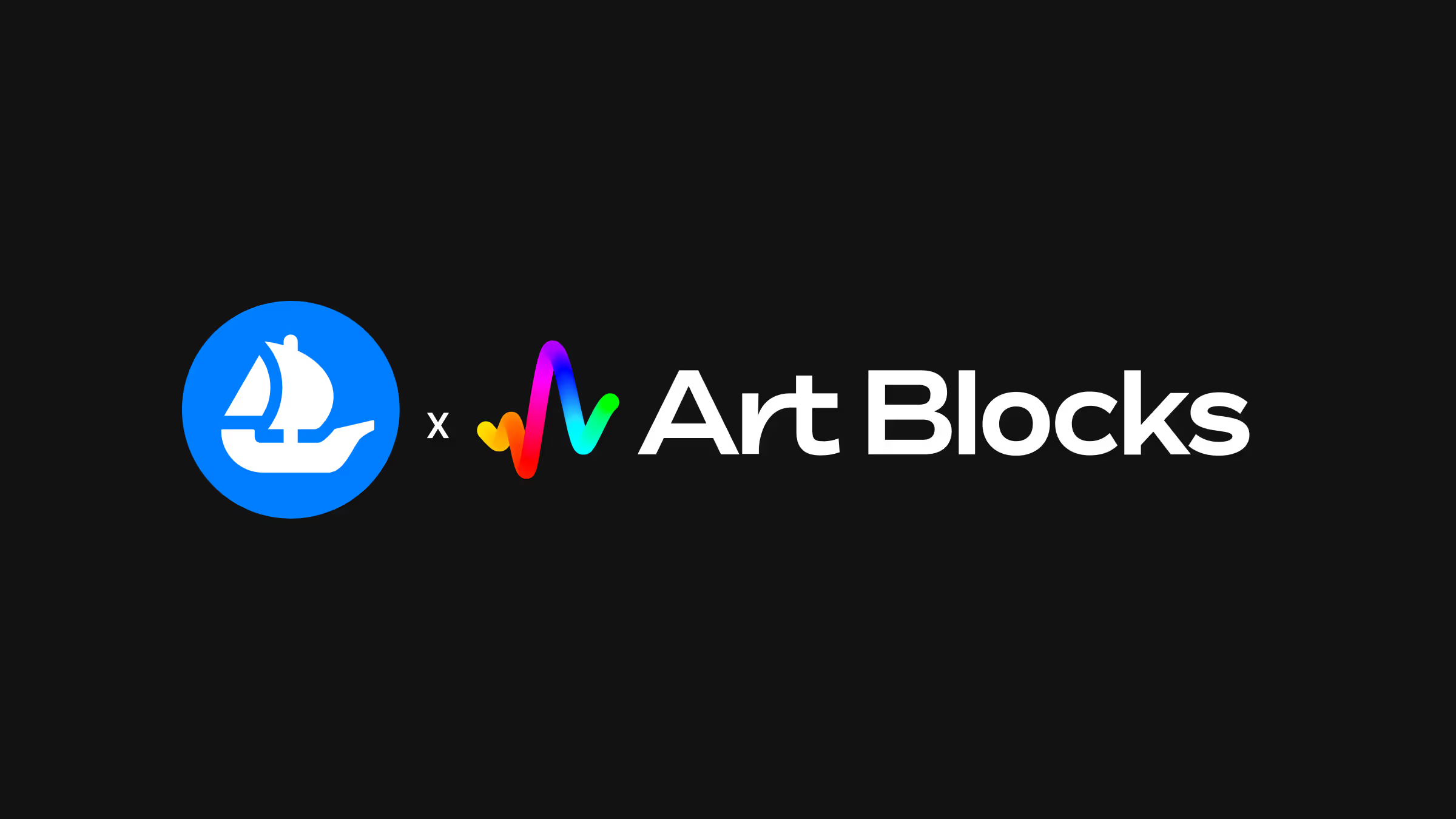
.png)
.png)
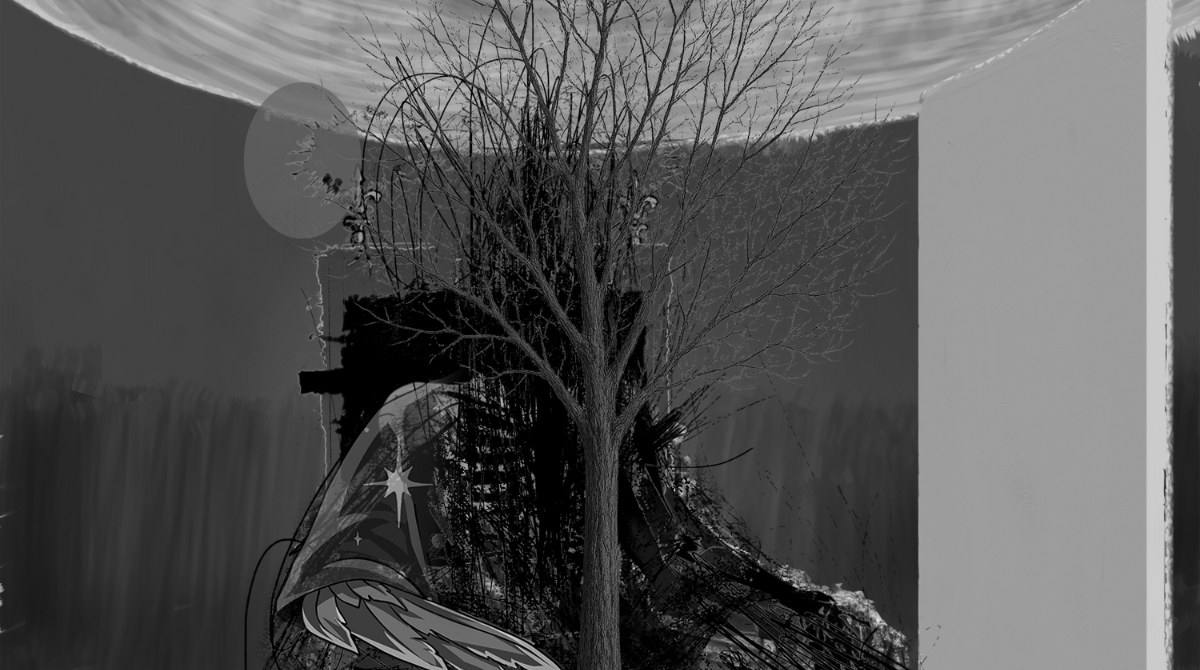



.png)
.png)